Eating in the living room can be a cozy and convenient option for many households. It allows for a more relaxed dining experience, whether it's a quick snack while watching TV or a full meal with family and friends. However, it can also lead to a messy and cluttered living room if not done properly. Here are some tips to help keep your living room clean while still enjoying your meals in this space.Less Messy Eating in the Living Room
One of the simplest ways to prevent mess in the living room while eating is to use a designated eating area. This could be a coffee table, a side table, or even a lap tray. Having a specific surface for your food and drinks will help contain any spills or crumbs and make clean-up easier. Pro tip: Use a tablecloth or placemats to protect your furniture from stains and spills.How to Keep Your Living Room Clean While Eating
Maintaining a clean living room while eating also involves some preparation before your meal. Make sure to have all necessary utensils, napkins, and condiments within reach to avoid getting up and potentially spilling food on the way. Keep a trash bin nearby to discard any wrappers or scraps immediately. Pro tip: Use a tray to transport your food and drinks from the kitchen to the living room to avoid any spills or mess along the way.Living Room Dining: Tips for a Neat and Tidy Space
Another essential factor in keeping a tidy living room while eating is to be mindful of what you're consuming. Avoid messy and greasy foods that can easily spill or leave stains. Stick to foods that are easy to eat with minimal mess, such as finger foods or sandwiches. Pro tip: Use paper plates and disposable utensils for a quick and easy clean-up.Minimizing Mess: Eating in the Living Room
If you have children or pets, it can be challenging to keep the living room clean while eating. To prevent any mess, consider using spill-proof cups or sippy cups for kids and keeping pets out of the living room during mealtime. You can also lay down a blanket or towel for them to eat on to contain any mess. Pro tip: Have a designated "kid-friendly" area in the living room for them to eat and play.Creating a Mess-Free Living Room Dining Experience
Keeping your living room organized can also help minimize mess while eating. Make sure to declutter and remove any unnecessary items from the space. This will not only make it easier to clean but also provide more space for your dining area. You can also use storage ottomans or baskets to store extra items and keep them out of sight. Pro tip: Have a designated storage area for eating essentials, such as napkins, plates, and utensils, to keep them organized and easily accessible.Organizing Your Living Room for Eating
If your living room is on the smaller side, it's still possible to enjoy your meals in this space without creating a mess. Consider using a folding tray table or a small side table that can easily be stored when not in use. You can also use stackable chairs or floor cushions for additional seating without taking up too much space. Pro tip: Use a multi-functional coffee table that can double as a dining table for small living rooms.Maximizing Space: Eating in a Small Living Room
While eating in the living room may be more relaxed and casual, it's still essential to maintain proper dining etiquette. Avoid talking with your mouth full, and make sure to use utensils and napkins appropriately. Also, try to avoid using your phone or other distractions while eating to prevent spills or messes. Pro tip: Have a designated spot for phones and other devices to keep them out of reach during mealtime.Living Room Dining Etiquette: Dos and Don'ts
As mentioned earlier, eating in the living room with kids can be a messy affair. To make clean-up easier, involve the kids in the process. Encourage them to help clean up any spills or put away their dishes when they're finished. You can also have a designated "clean-up time" after meals to ensure everything is put back in its place. Pro tip: Use a lint roller to quickly pick up any stray crumbs or food particles from the living room furniture.Easy Clean-Up: Eating in the Living Room with Kids
Just because you're eating in the living room doesn't mean it has to be a casual or messy affair. You can still create a stylish and elegant dining experience in this space. Use decorative placemats, table runners, and centerpieces to add a touch of sophistication to your living room dining area. You can also incorporate different textures and colors to tie in with your existing decor. Pro tip: Use scented candles or essential oils to create a pleasant and inviting ambiance for your living room dining experience. In conclusion, eating in the living room doesn't have to result in a messy and cluttered space. By following these tips, you can enjoy your meals in this space while keeping it clean and organized. Remember to be mindful of what you're eating, prepare and organize beforehand, and involve everyone in the clean-up process. With these habits in place, you can create a neat and tidy living room dining experience for yourself and your guests.Stylish Solutions for Eating in the Living Room
The Benefits of Eating in the Living Room

Avoiding Mess and Clutter
 Eating in the living room may seem like a controversial idea, but it can actually bring many benefits to your household. One of the major advantages is the avoidance of mess and clutter in the dining area. Let's face it, meal times can get messy, especially if you have kids or pets. By moving your dining experience to the living room, you can contain the mess to a designated area and keep your dining table clean and clutter-free.
Not only does this make your dining area more presentable, but it also makes cleaning up easier and quicker.
You won't have to worry about food crumbs or spills on your dining table, which can be a hassle to clean. Instead, you can easily vacuum or wipe down your living room space after a meal, leaving your dining table untouched and ready for the next use.
Eating in the living room may seem like a controversial idea, but it can actually bring many benefits to your household. One of the major advantages is the avoidance of mess and clutter in the dining area. Let's face it, meal times can get messy, especially if you have kids or pets. By moving your dining experience to the living room, you can contain the mess to a designated area and keep your dining table clean and clutter-free.
Not only does this make your dining area more presentable, but it also makes cleaning up easier and quicker.
You won't have to worry about food crumbs or spills on your dining table, which can be a hassle to clean. Instead, you can easily vacuum or wipe down your living room space after a meal, leaving your dining table untouched and ready for the next use.
Creating a More Relaxed Atmosphere
 Another benefit of eating in the living room is the creation of a more relaxed atmosphere. While dining rooms are traditionally seen as formal and structured, living rooms offer a more casual and comfortable setting.
Eating in the living room can bring a sense of coziness and intimacy to mealtime, making it a more enjoyable experience for you and your family.
You can even dim the lights, light some candles, and put on some soft music to enhance the ambiance.
Another benefit of eating in the living room is the creation of a more relaxed atmosphere. While dining rooms are traditionally seen as formal and structured, living rooms offer a more casual and comfortable setting.
Eating in the living room can bring a sense of coziness and intimacy to mealtime, making it a more enjoyable experience for you and your family.
You can even dim the lights, light some candles, and put on some soft music to enhance the ambiance.
Encouraging Family Bonding
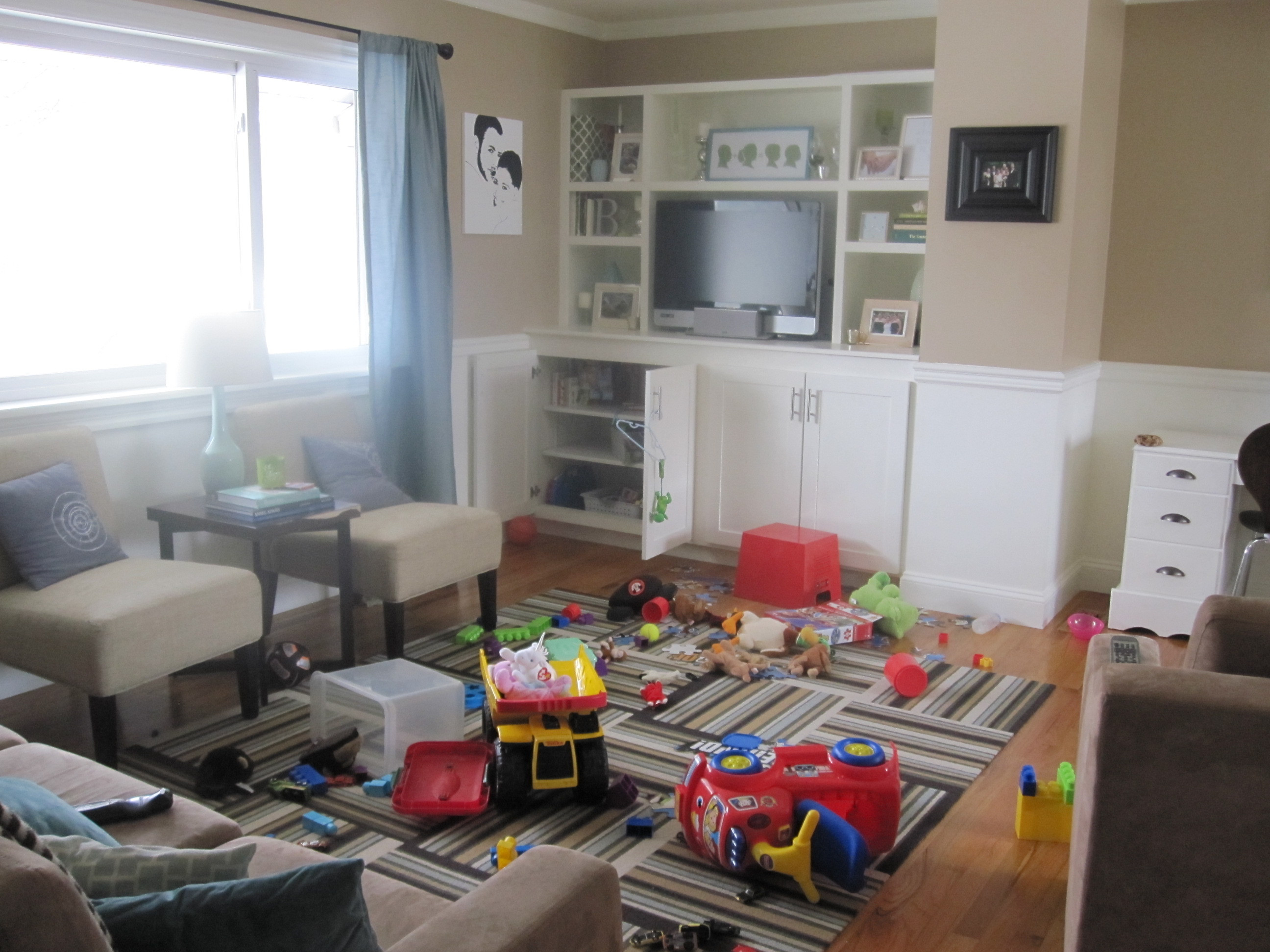 Eating in the living room also allows for more family bonding time. In today's busy world, it can be challenging to find time to sit down and have a meal together as a family. By bringing mealtime to the living room, you can all gather in one space, away from distractions like TV or phones, and focus on each other.
This can strengthen family relationships and create lasting memories.
In conclusion, while it may go against traditional norms, eating in the living room can bring many benefits to your household. It can help keep your dining area clean and clutter-free, create a more relaxed atmosphere, and encourage family bonding. So next time you're planning a meal, consider moving it to the living room for a change of scenery and a more enjoyable dining experience.
Eating in the living room also allows for more family bonding time. In today's busy world, it can be challenging to find time to sit down and have a meal together as a family. By bringing mealtime to the living room, you can all gather in one space, away from distractions like TV or phones, and focus on each other.
This can strengthen family relationships and create lasting memories.
In conclusion, while it may go against traditional norms, eating in the living room can bring many benefits to your household. It can help keep your dining area clean and clutter-free, create a more relaxed atmosphere, and encourage family bonding. So next time you're planning a meal, consider moving it to the living room for a change of scenery and a more enjoyable dining experience.
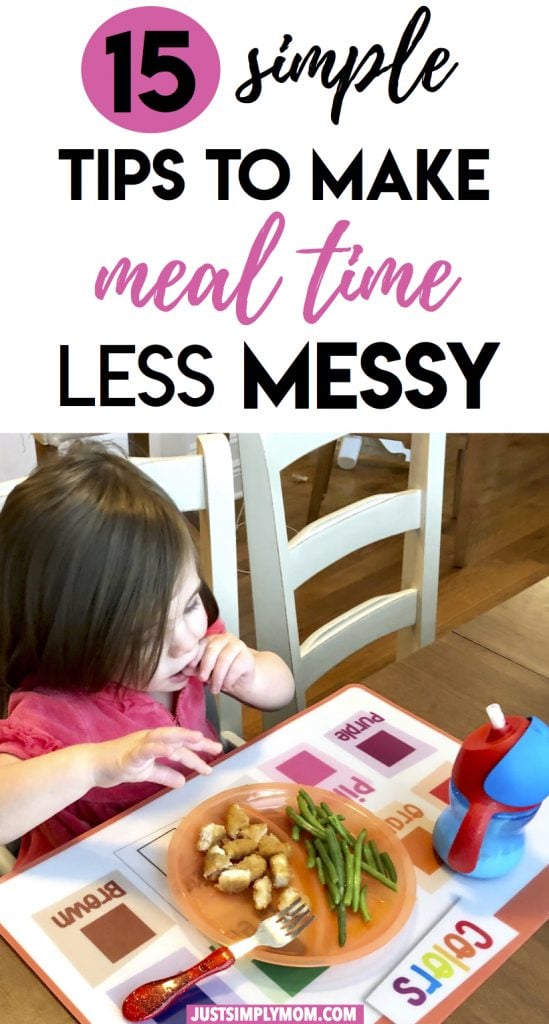





















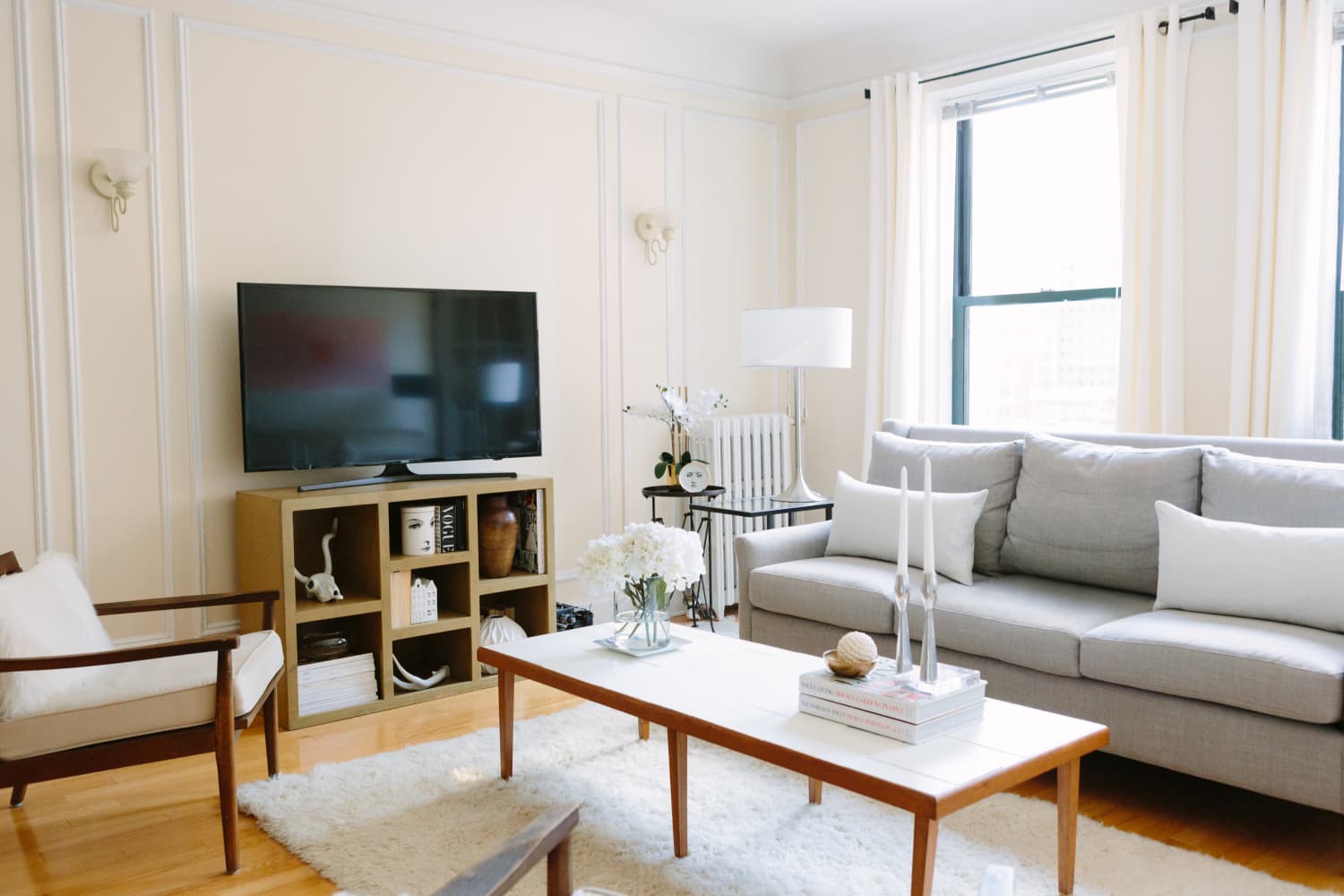
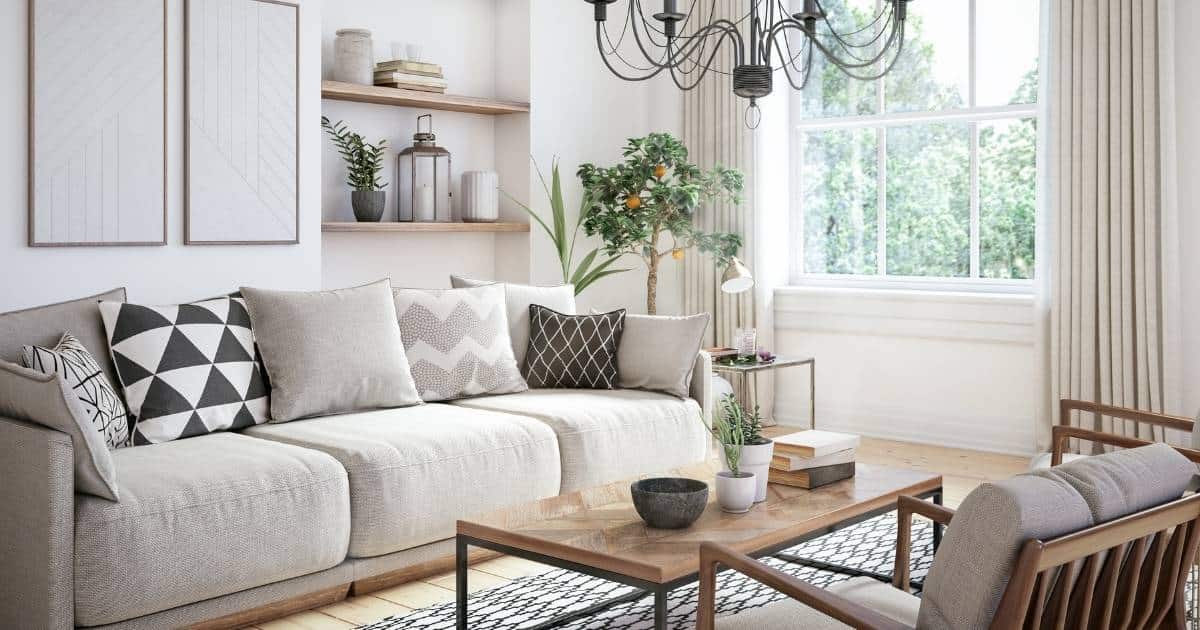
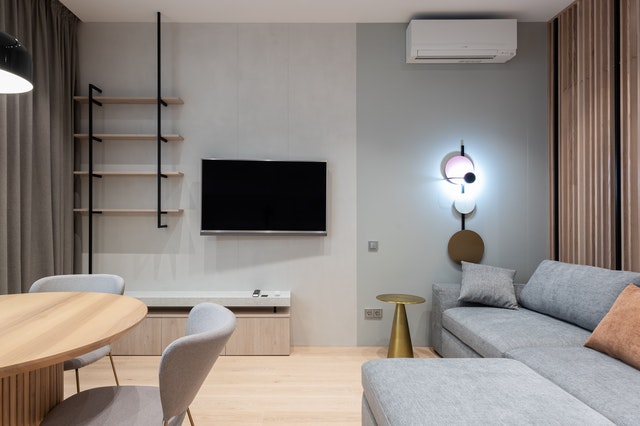
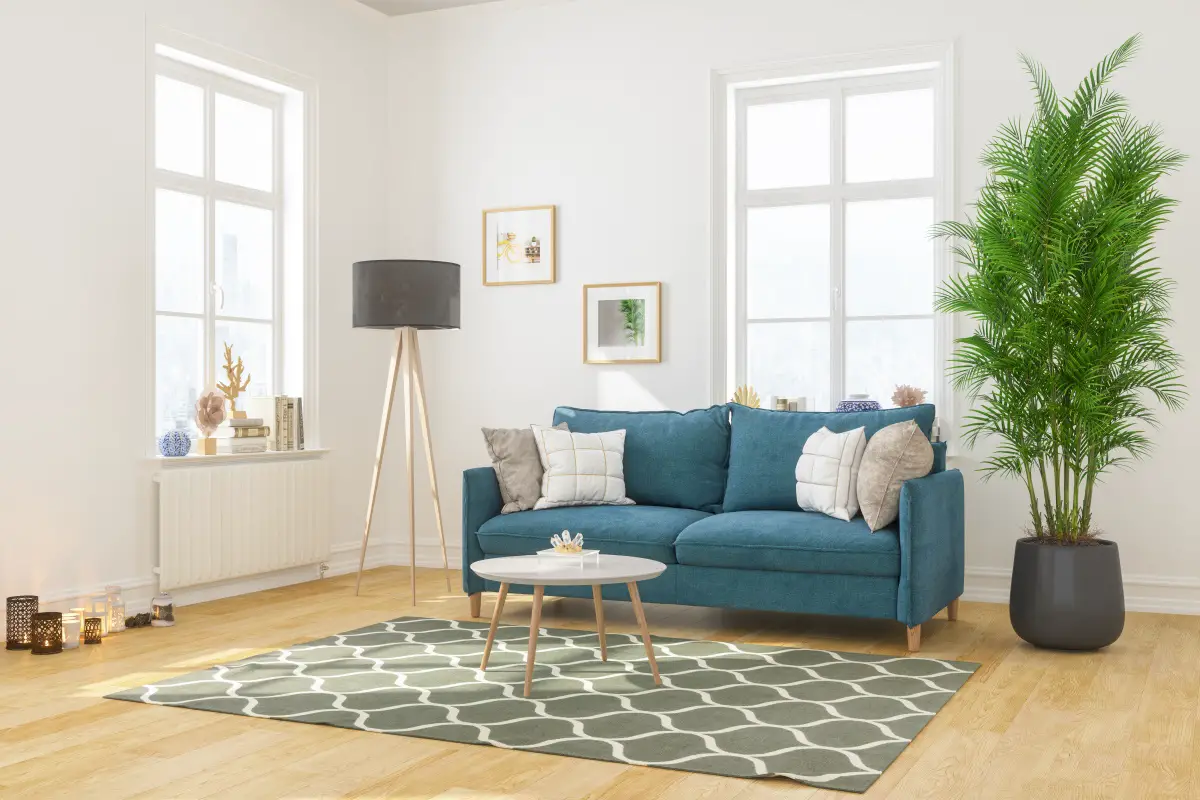

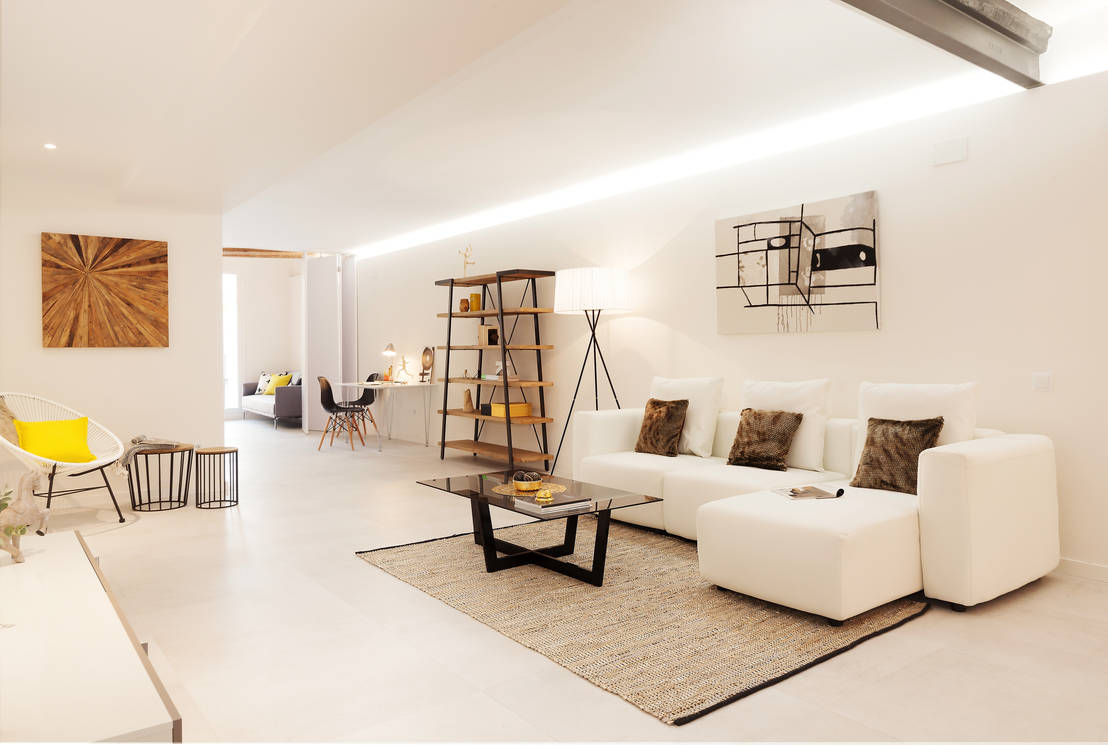
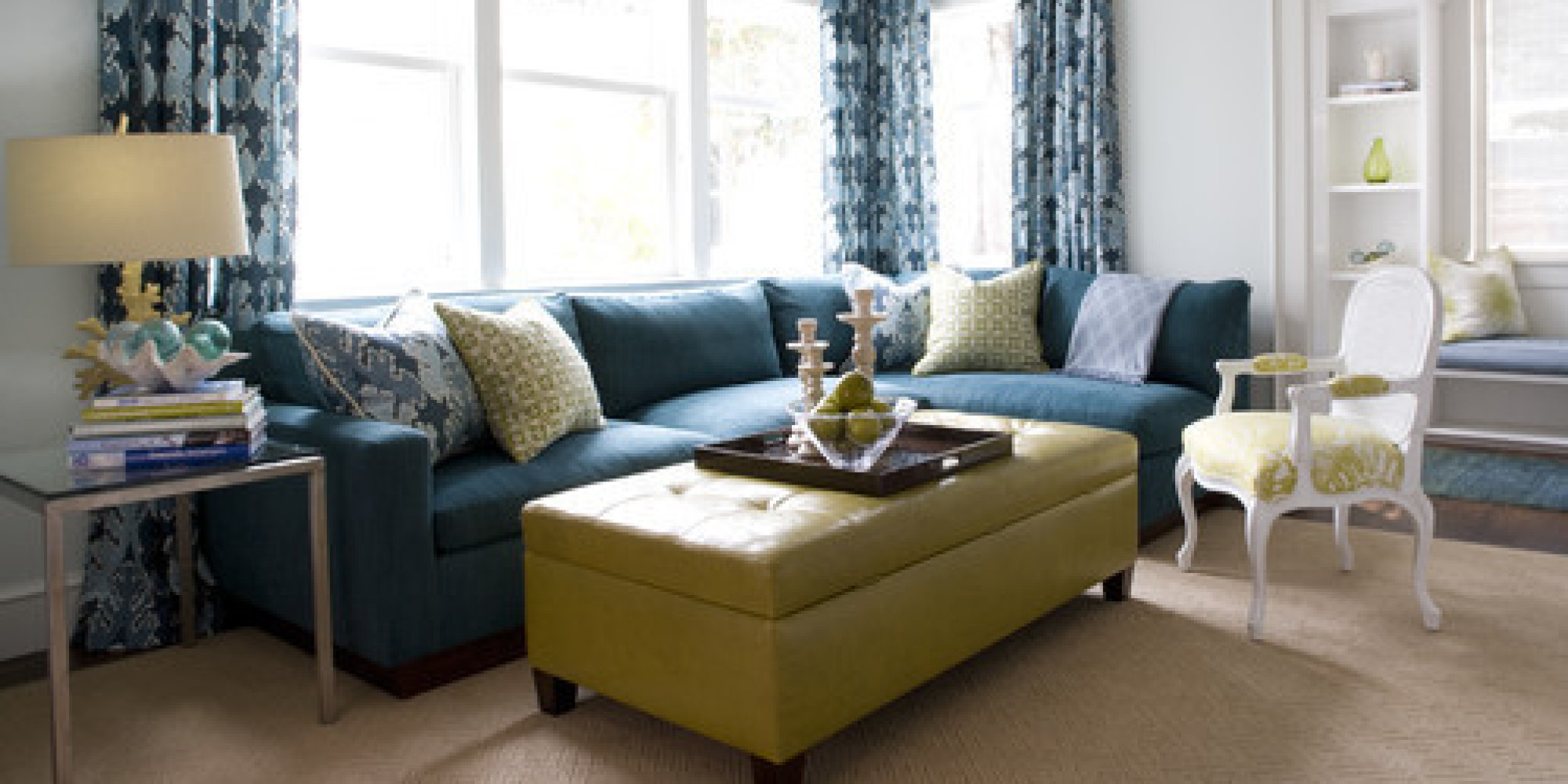






/Childrenstoyroom-GettyImages-145083431-1fbf36498640472aa776fa90f99933bd.jpg)
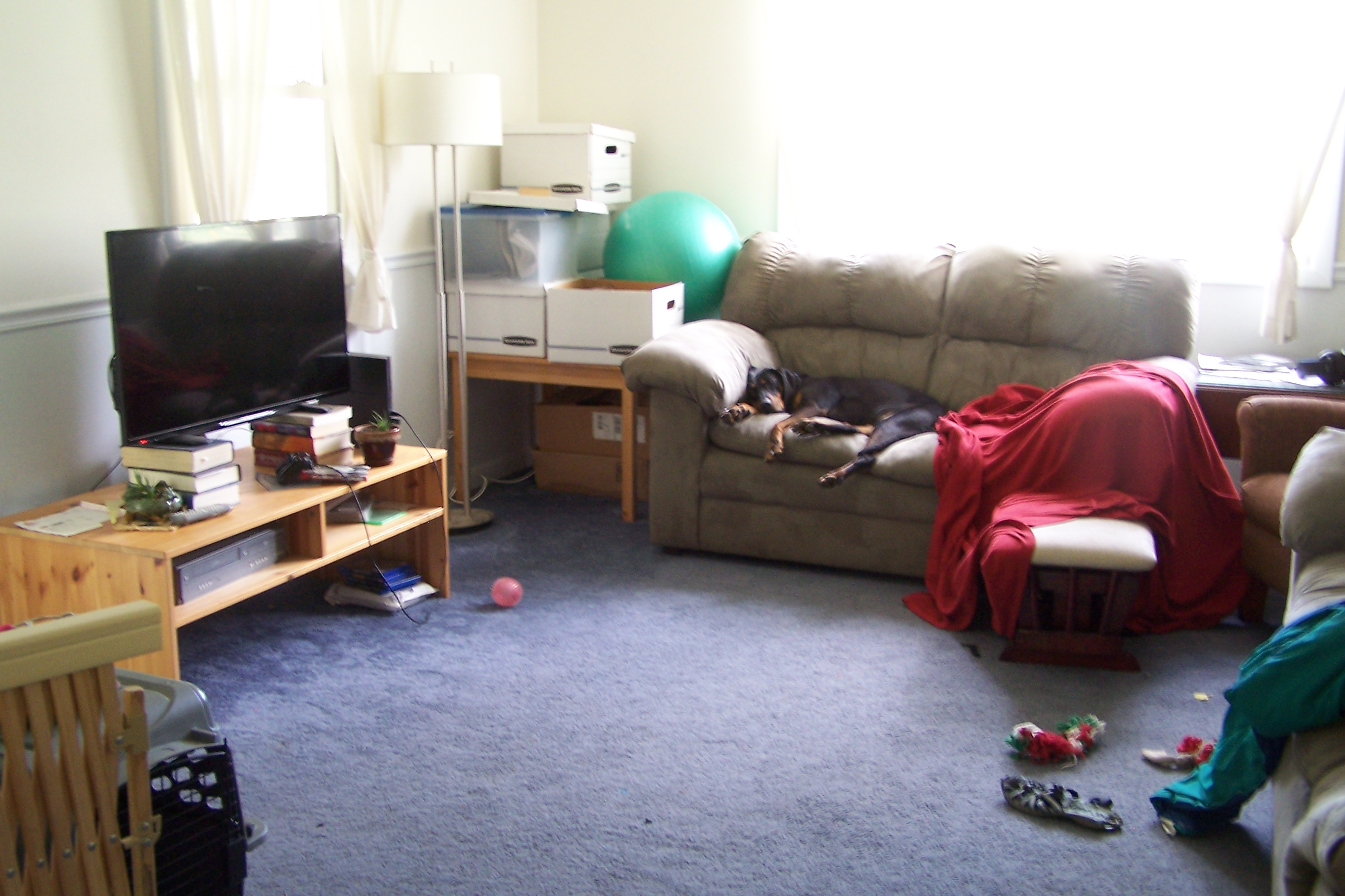



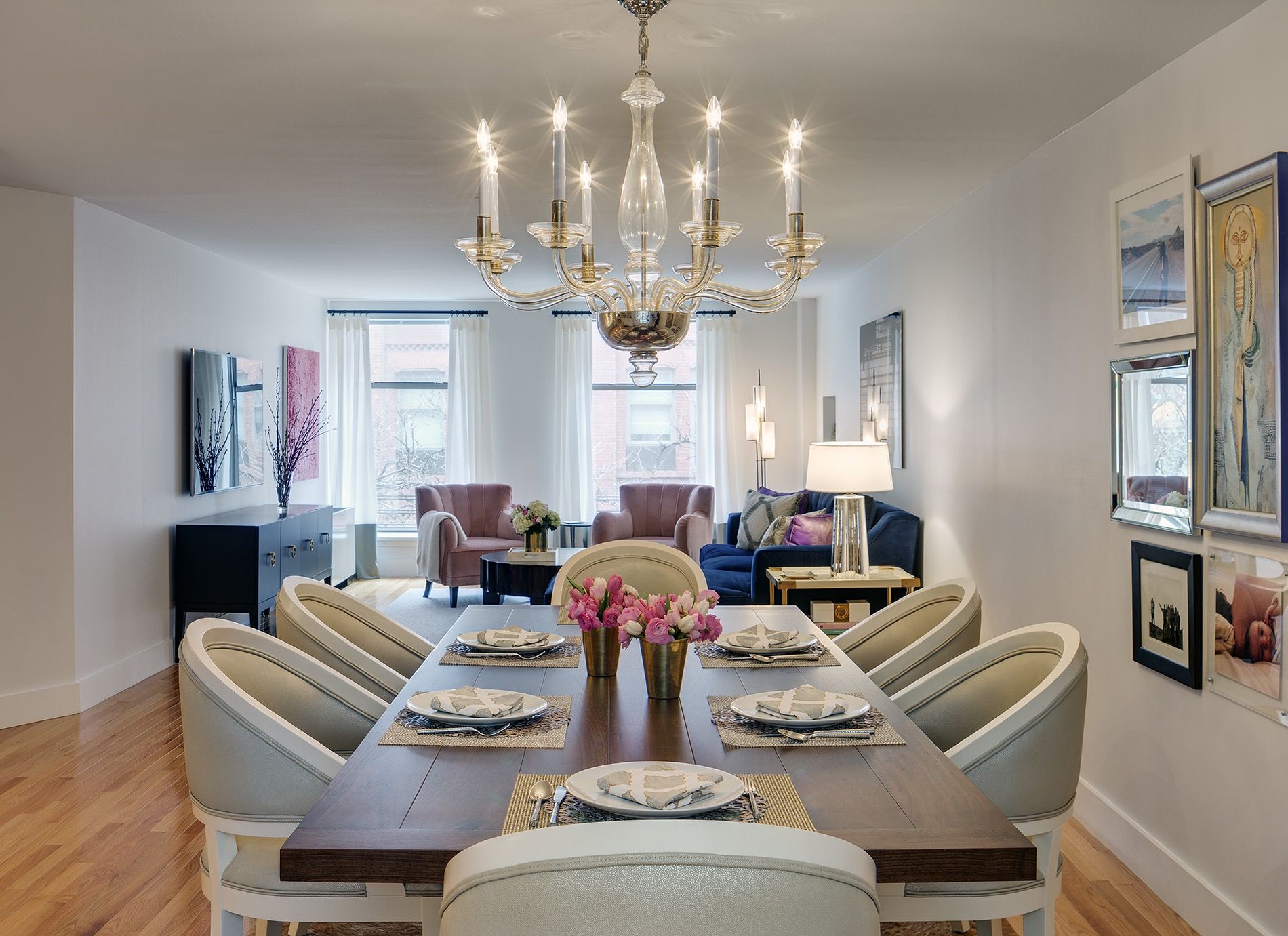



















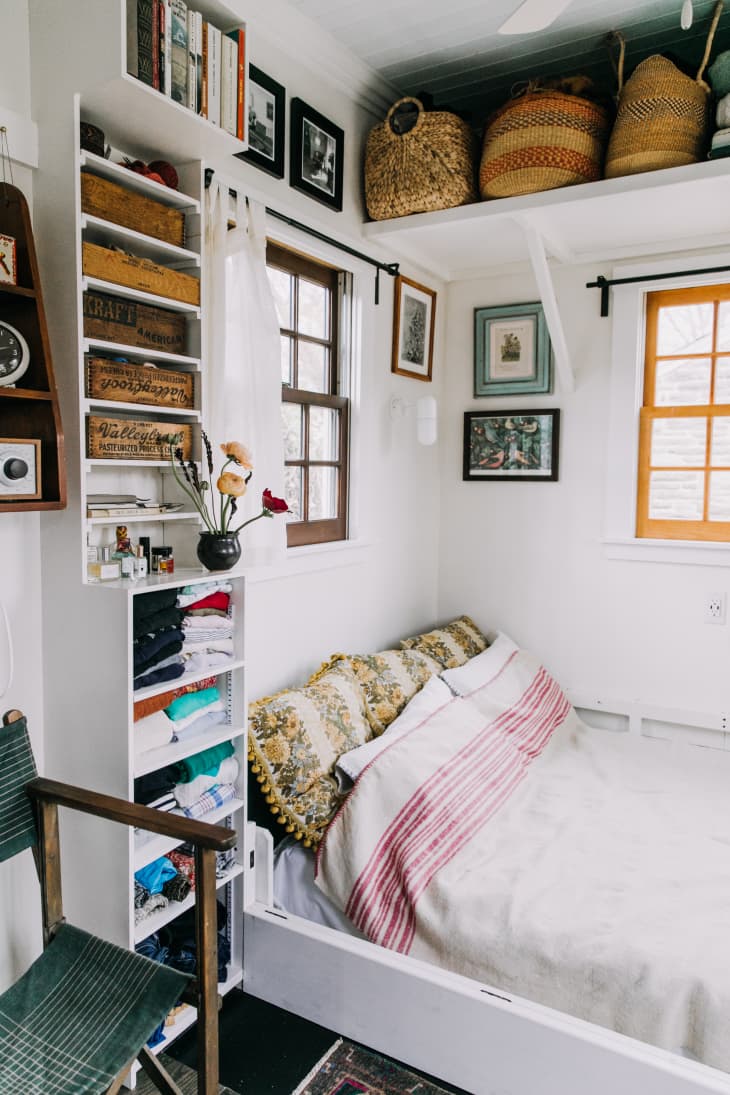

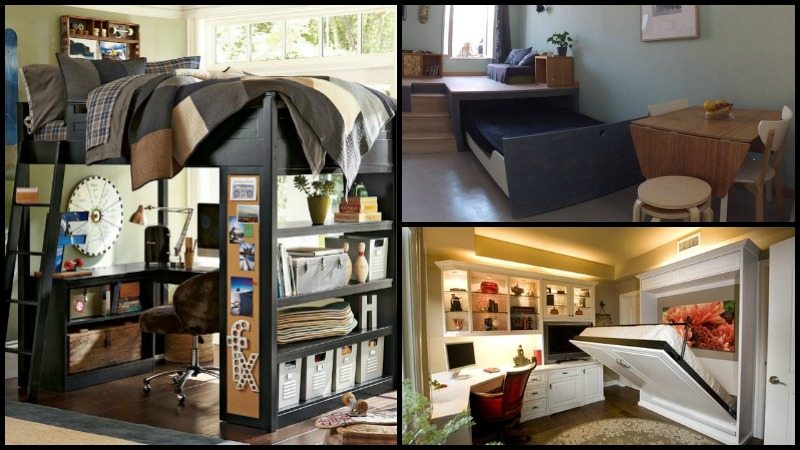


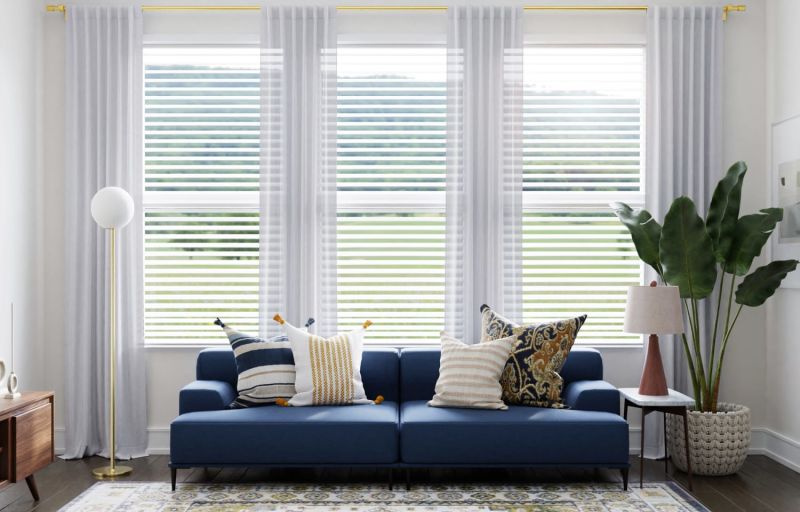





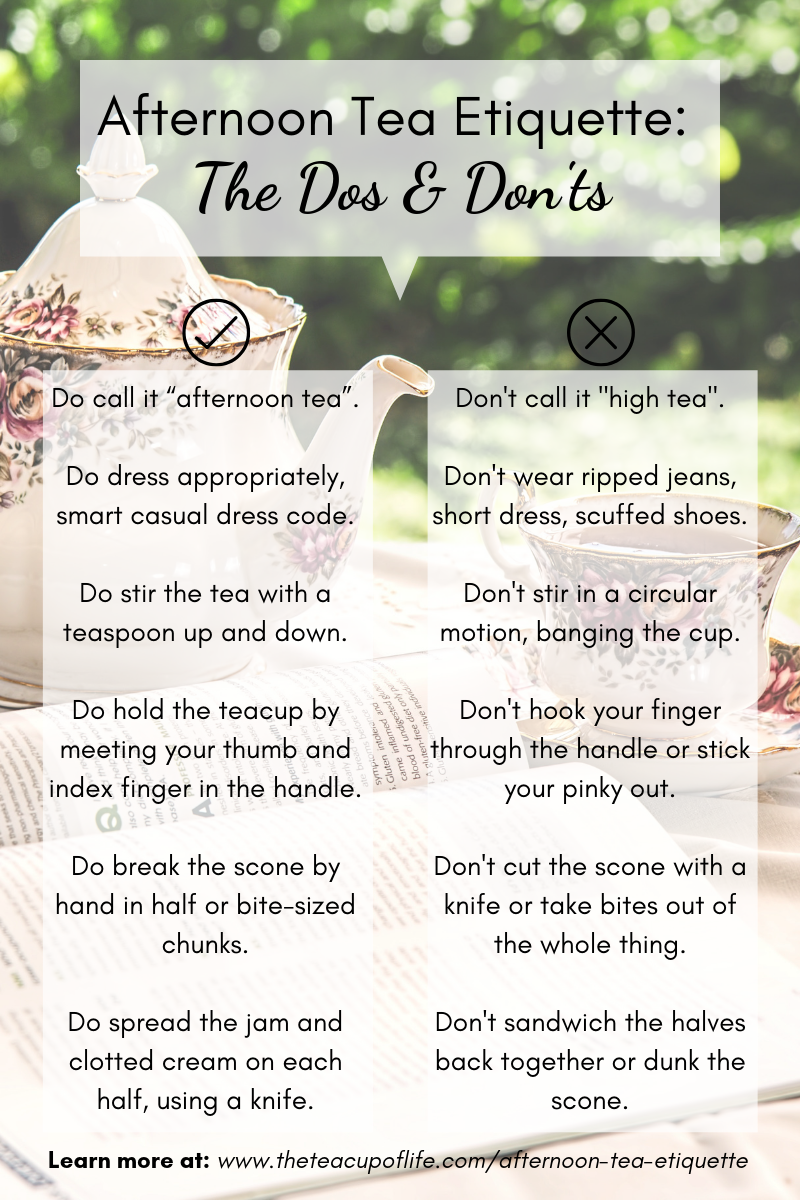


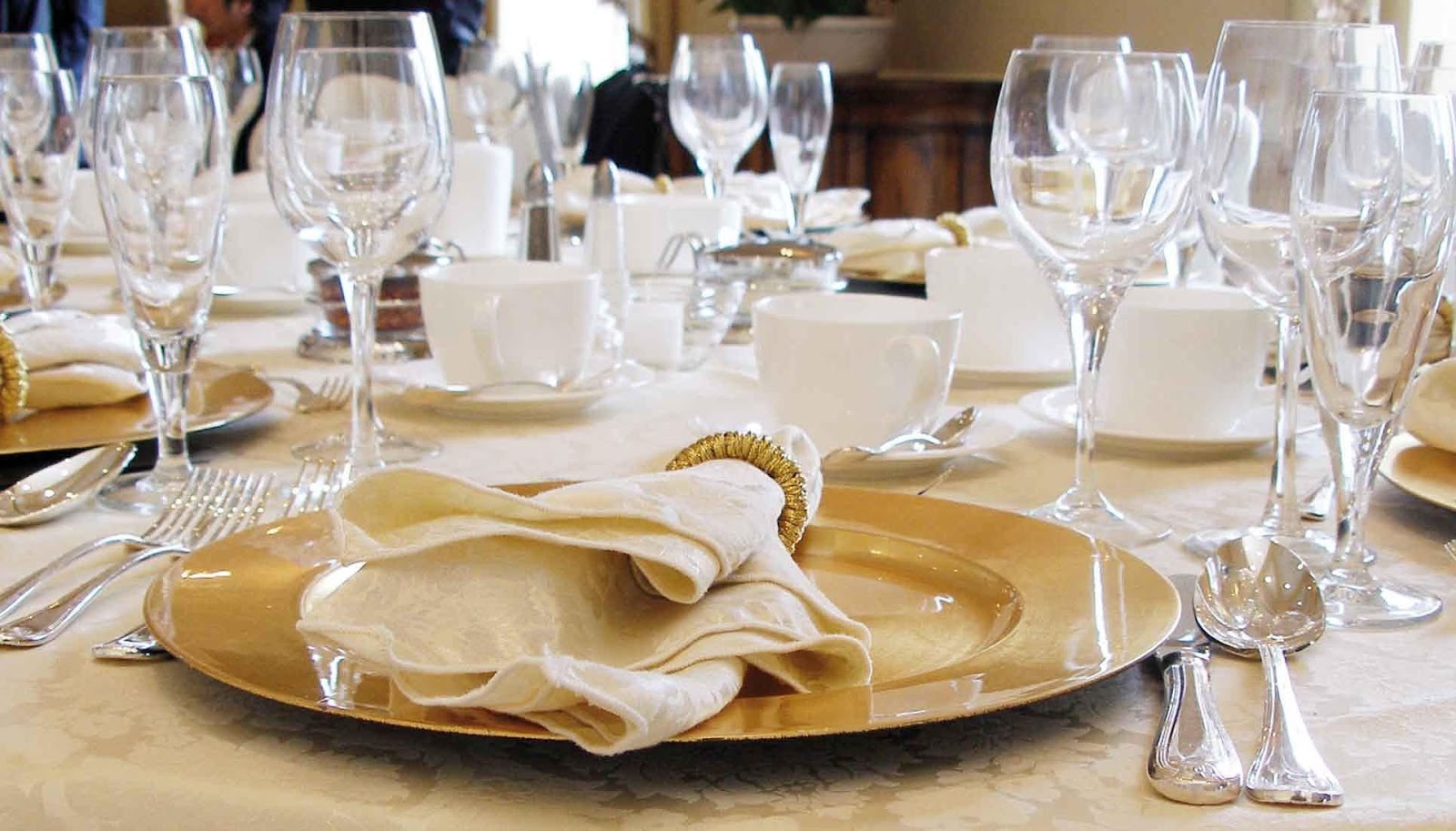










:max_bytes(150000):strip_icc()/Fatheranddaughtercleaning-GettyImages-1158875203-c7acadfd27f8467e85b9335afc659547.jpg)




/children-cleaning-up-messy-nursery-145083432-58c815df3df78c353c2b38c5.jpg)


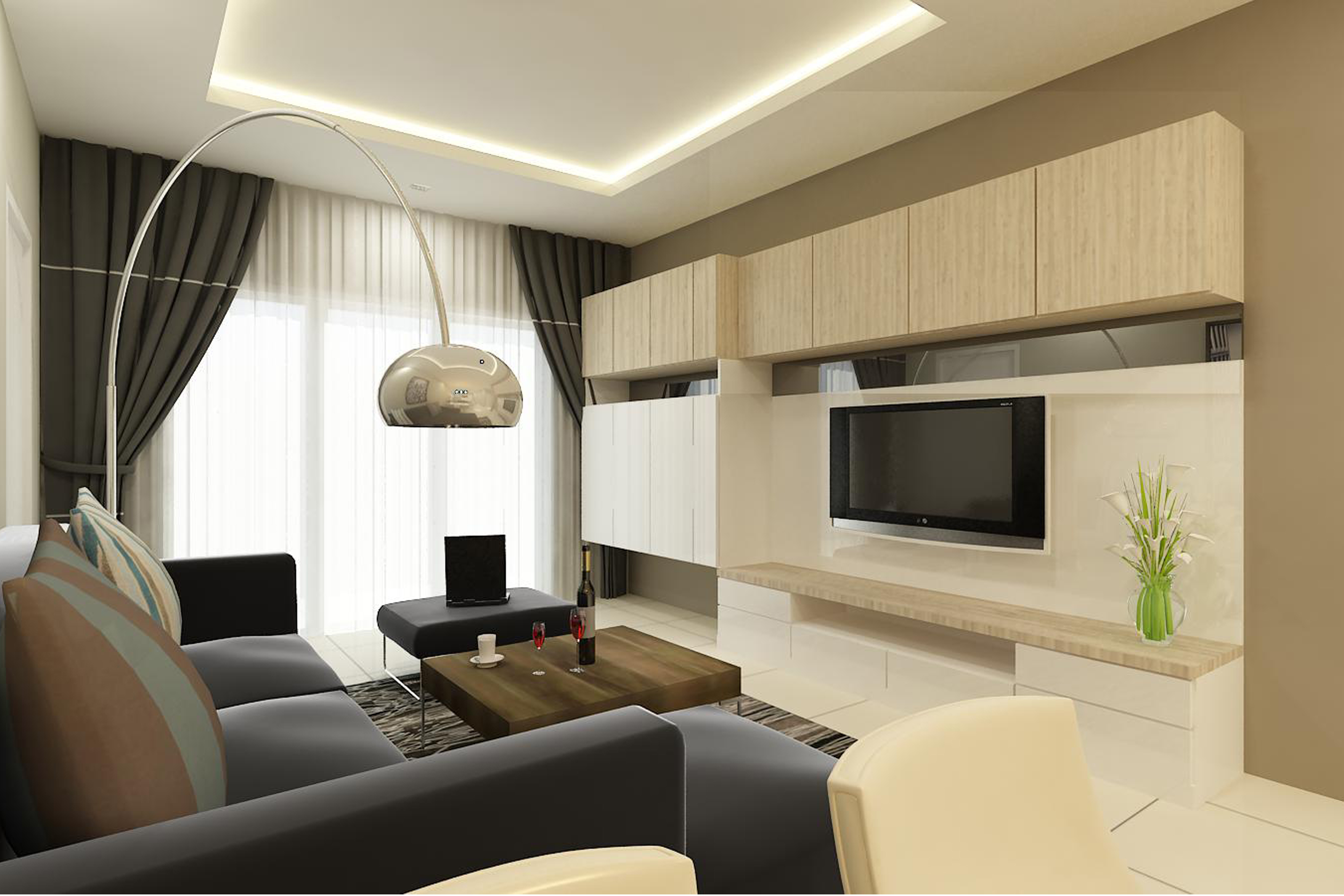



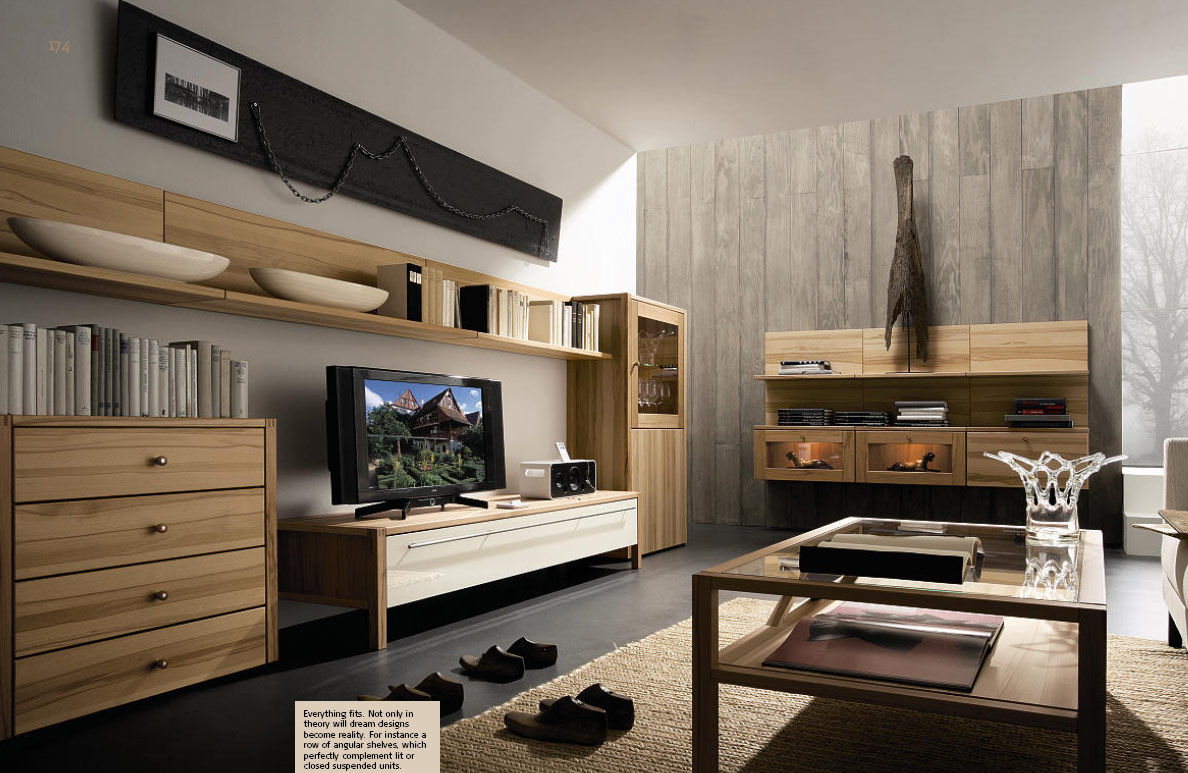
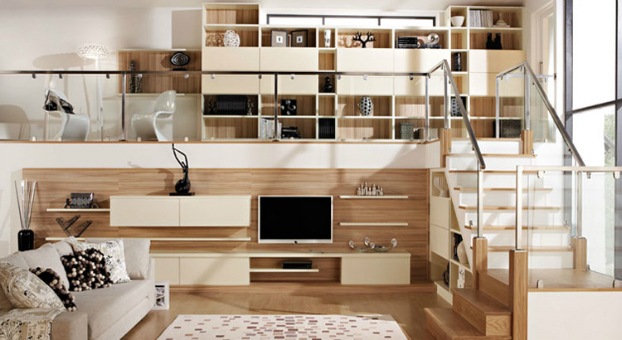





/Stocksy_txp6145e527HXb200_Medium_2521696-9271b058e379443192425d55ae0cdd5f-97e3f2daa40246ffa79c2b4de9580272.jpg)

